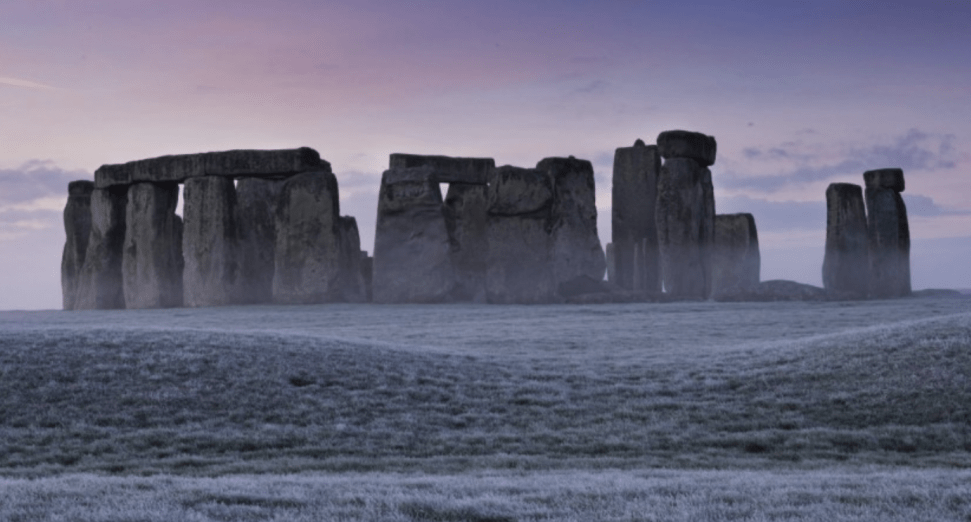
New study suggests Stonehenge was built to amplify sound
News
A new study suggests that Stonehenge was built to amplify sound.
The use for Stonehenge, a prehistoric monument in Wiltshire, England, has been a mystery since its discovery, with a calendar, clock, a sacrificial site and even an alien landing site all among the suggestions for the stucture’s original, intended use.
Now, a new study from the University of Salford has found that Stonehenge may have been built to amplify sound, but also to work as a sound chamber, keeping noise out of the stone circle.
After building a scaled replica of Stonehenge dubbed “Minihenge”, researchers then tested the model, placing speakers and microphones in and around it while working at the UoS Acoustics Research Centre, which boasts a specialist acoustic chamber.
“Constructing and testing the model was very time consuming, a labor of love, but it has given the most accurate insight into the prehistoric acoustics to date,” Trevor Cox, the project’s lead researcher, said in a statement on the UoS website. “With so many stones missing or displaced, the modern acoustic of Stonehenge is very different to that in prehistory.”
The experiment found that people who spoke or played music inside the monument would have heard clear reverberations from the outer standing stones, while also making it hard for anyone outside the structure to hear what was going on inside.
The results have been published in the Journal of Archaeological Science, which you can read here.
In 2018, Carl Cox and Paul Oakenfold made history by becoming the first DJs to play b2b at Stonehenge.





